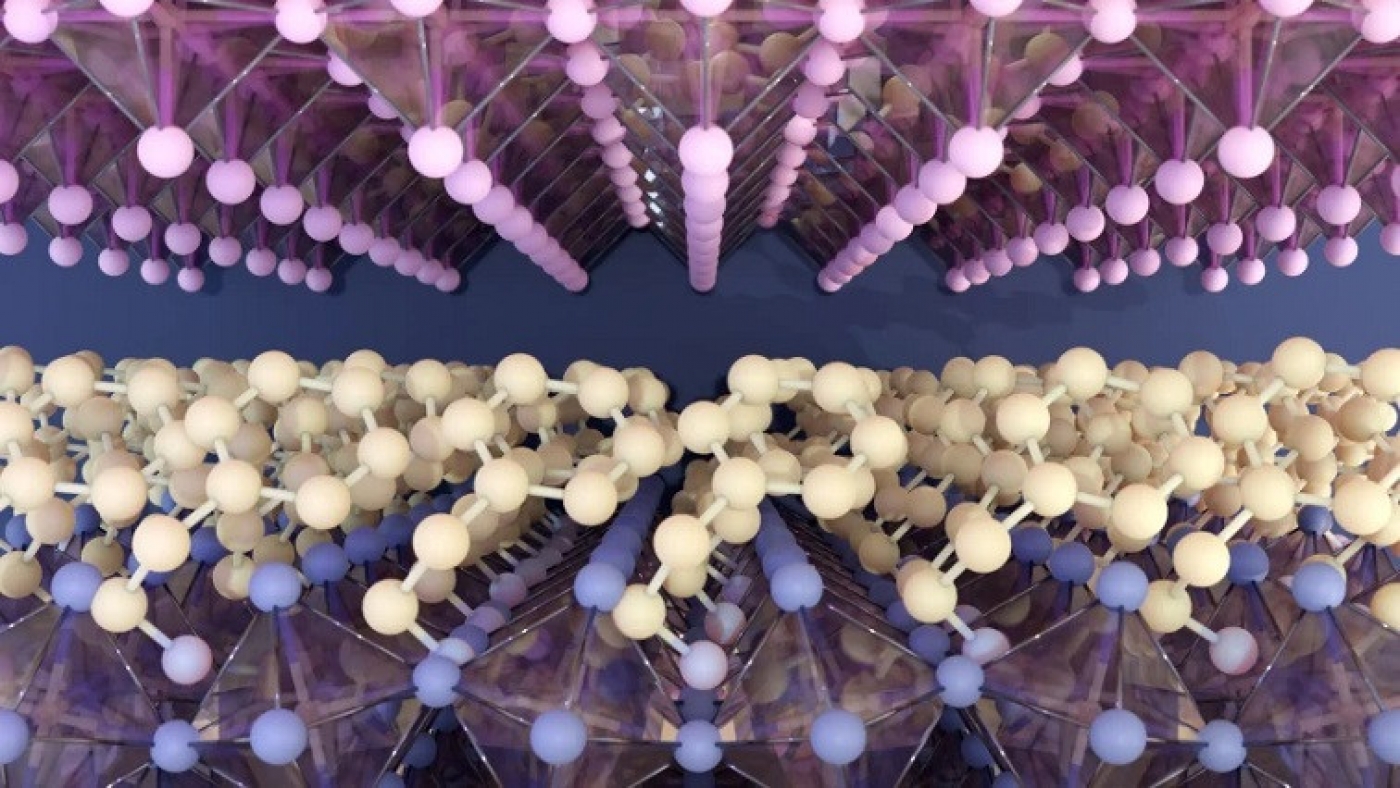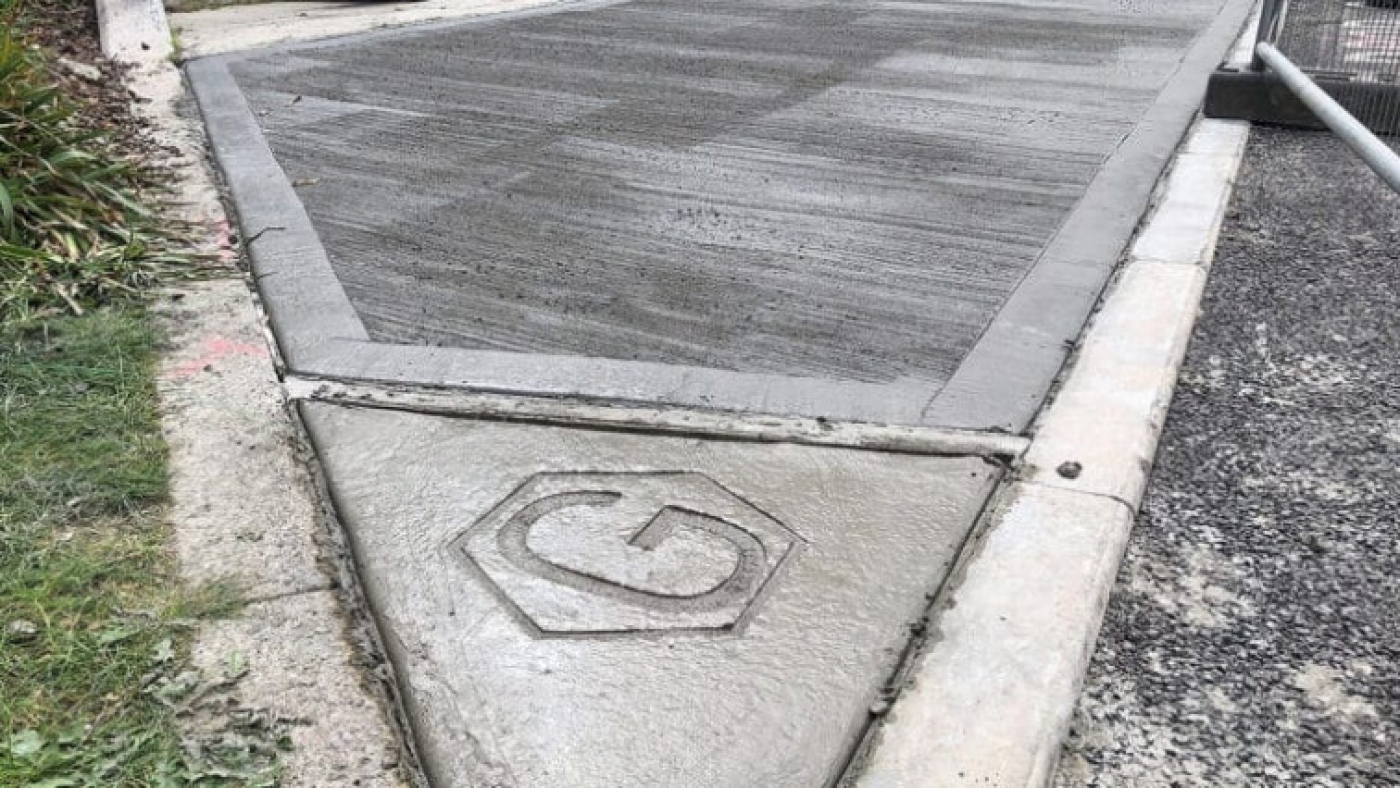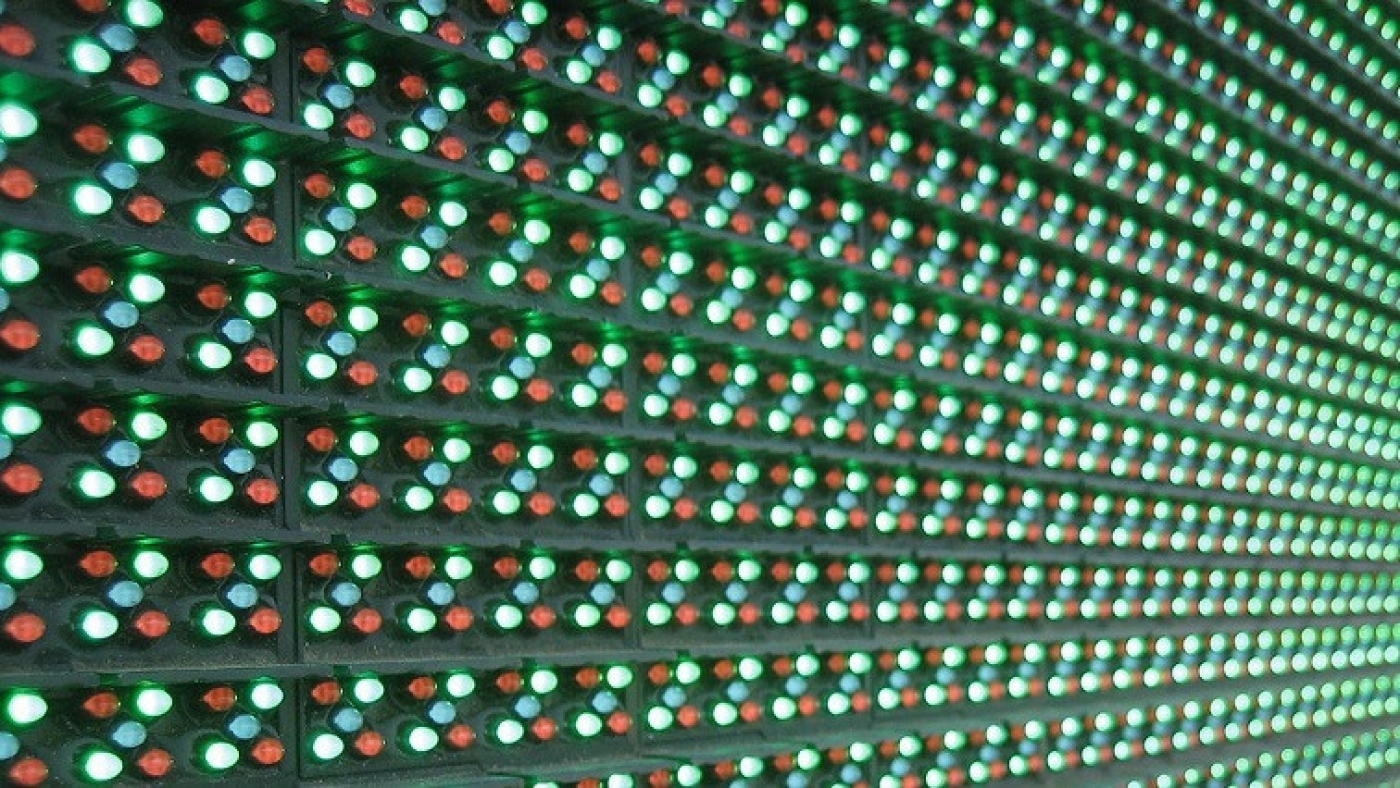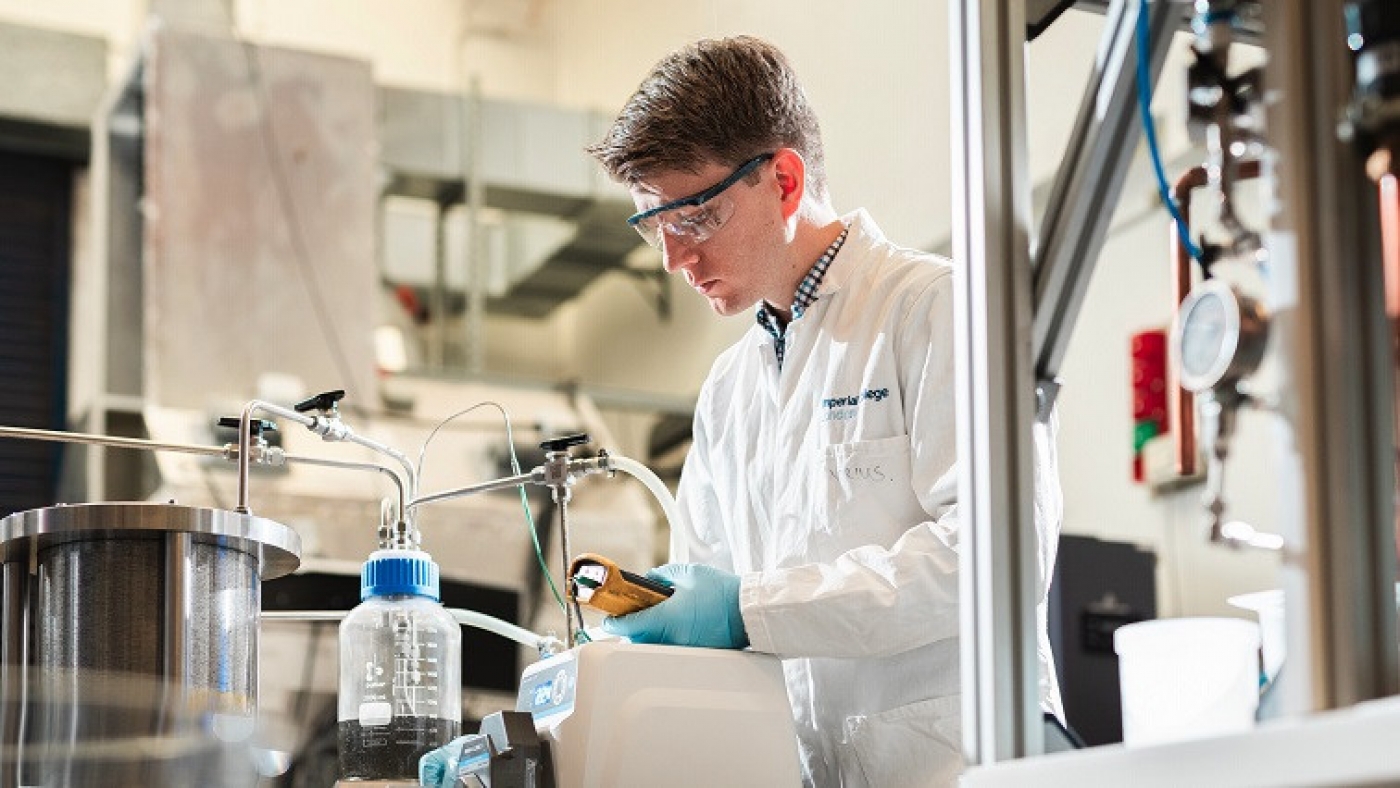
Micelles are spherical molecular structures usually formed by amphiphilic molecules with block structure, which contain both hydrophilic and hydrophobic parts. The hydrophobic tails of these molecules cluster together to form a core, while the hydrophilic heads face outward, creating a protective shell. This structure allows micelles to encapsulate hydrophobic substances within their core and disperse them in a water-based environment.
An example of micelles in action is in soap, which traps dirt and oil, making them easy to rinse off with water. Micelles can be created using block copolymers, which have distinct hydrophilic and hydrophobic segments, or random copolymers with a mixed distribution of hydrophilic and hydrophobic segments. The former, used in the pharmaceutical industry, offers precise control over the micelle's properties but is more complex and expensive to produce, while the latter, used in the dye industry, is simpler and cheaper to produce.
Researchers led by Mr. Masahiko Asada and Professor Hidenori Otsuka from Tokyo University of Science (TUS) and DIC Corporation, are investigating how to make micelles more effective at dissolving dyes. In a study featured on the cover of Volume 20, Issue 26 of the journal Soft Matter published on July 14, 2024, they compared the performance of block copolymers and random copolymers to determine the most optimal micelle for dye dispersion.
"There is a trade-off between utilizing random copolymers as dispersants for ink production and their inadequate dispersion performance. We investigated block copolymer micelles and compared their dispersion performance with those of random copolymers to determine the micelle structure required for adequate dye solubilization," says Prof. Otsuka, the lead author of the study.
The researchers synthesized various block copolymers (BL01 to BL05) using different ratios of styrene (St), n-butylmethacrylate (BMA), and methacrylic acid (MA) as monomers. They compared the performance of these block copolymers with random copolymers (RD01, RD02, RD03, and RD04), which were made from styrene and either methacrylic acid or acrylic acid. The copolymers and random copolymers were dispersed in water at a 0.5% concentration, and the micelle structures were examined using Small Angle X-ray Scattering (SAXS) analysis.
The SAXS results showed that micelles formed from block copolymers had a well-defined spherical structure with a clear core-shell boundary. Micelles from random copolymers were found to have a more diffuse and continuous structure, resembling a random-coil pattern with no distinct core-shell boundary. The absence of a clear core-shell structure in the micelles formed from random copolymers reduced their ability to hold hydrophobic dyes. In Critical Micelle Concentration (CMC) tests, the researchers measured the concentration at which micelles form by detecting changes in the polarity around a fluorescent pyrene probe. The results showed that block copolymer micelles had a much lower polarity, meaning the pyrene molecules were better protected inside the hydrophobic core of these micelles.
The researchers made similar observations on measuring the extent of solubilization of hydrophobic orange oil SS dye in the micelles. The micelles made using random copolymers were found to let the dye in easily. However, BL01, BL03, and BL05 prevented the dye from penetrating the core, resulting in a longer time to reach saturation (2 days compared to 10 hours for the random copolymers). Micelles (BL01, 03, and 05) with larger core volumes and more polymer molecules (higher aggregation numbers) were found to hold or solubilize more dye (0.2 to 2 dye molecules per micelle) than the smaller micelles (BL02, BL04).
While the larger micelles with well-defined core-shell structures took longer to become saturated with dye, they could hold a significantly higher amount of dye. The micelle with the highest dye solubilization was BL02. Its shell contained a random mixture of methacrylic acid (MA) and butyl methacrylate (BMA), resulting in a highly polydisperse or varied interface between the core-shell and shell-solvent boundaries, which allowed the dye to enter and be expelled from it quickly.
Prof. Otsuka explains, "The block copolymer micelles exhibited a higher dye solubilization capacity, which correlated with their core volume, clear core-shell contrast, and slow solubilization rate." This finding could lead to more efficient and cost-effective micelles for the ink and dye industries as well as pharmaceutical industries.




